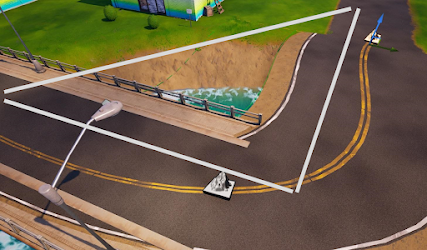Lines and Angles - Bisecting

Now, we are going to look at another topic under lines and angles, bisecting. The meaning of this can be derived from the name itself. 'Bi' means 2 and bisecting means dividing something exactly in half, like this orange here, But In this lesson. we will only look at line and angle bisecting. You might think that we could bisect a line just by marking the midpoint and drawing a line through it. But this is not quite so simple. If you draw a line like that, It might not be straight or exactly perpendicular to the original line. So it can't be taken as a bisector. To correctly bisect a line, we need a compass. We open the compass wider than half of the given line and place it one one end of the line. Then we draw an arc on both sides of the line. We do the same thing after placing compass on the other end of the line. Now we have to arcs on either side of the line. It will appear like this, Then we just have to plot points at the intersecting points of the arcs and join the...


